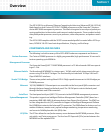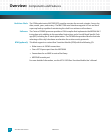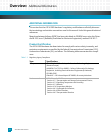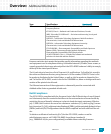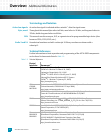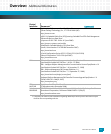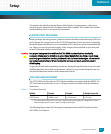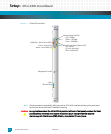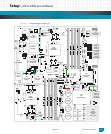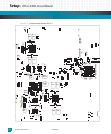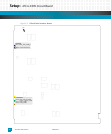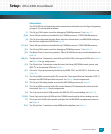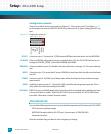
10009109-01 ATCA-9305 User’s Manual
2-1
Section 2
Setup
This chapter describes the physical layout of the boards, the setup process, and how to
check for proper operation once the boards have been installed. This chapter also includes
troubleshooting, service, and warranty information.
ELECTROSTATIC DISCHARGE
Before you begin the setup process, please remember that electrostatic discharge (ESD) can
easily damage the components on the ATCA-9305 hardware. Electronic devices, especially
those with programmable parts, are susceptible to ESD, which can result in operational fail-
ure. Unless you ground yourself properly, static charges can accumulate in your body and
cause ESD damage when you touch the board.
Caution: Use proper static protection and handle ATCA-9305 boards only when absolutely
necessary. Always wear a wriststrap to ground your body before touching a board. Keep
your body grounded while handling the board. Hold the board by its edges–do not touch
any components or circuits. When the board is not in an enclosure, store it in a static-
shielding bag.
To ground yourself, wear a grounding wriststrap. Simply placing the board on top of a static-
shielding bag does not provide any protection–place it on a grounded dissipative mat. Do
not place the board on metal or other conductive surfaces.
ATCA-9305 CIRCUIT BOARD
The ATCA-9305 circuit board is an ATCA blade assembly and complies with the PICMG 3.0
ATCA mechanical specification. It uses a 16-layer printed circuit board with the following
dimensions:
Table 2-1: Circuit Board Dimensions
The following figures show the front panel, component maps, and LED locations for the
ATCA-9305 circuit board.
Width: Depth: Height: Weight (typical):
12.687 in.
(322.25 mm)
11.024 in.
(280.01 mm)
< .84 in.
(<21.33 mm)
4.2 lb.
(1.91 kg)
1
1. This is the typical weight for the ATCA-9305. Board weight varies slightly per configuration; contact
Technical Support if you require a specific configuration weight.
!



